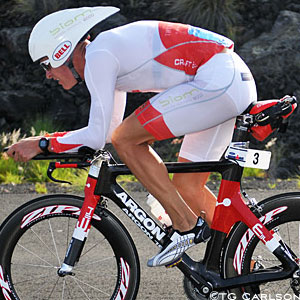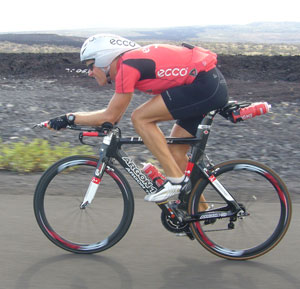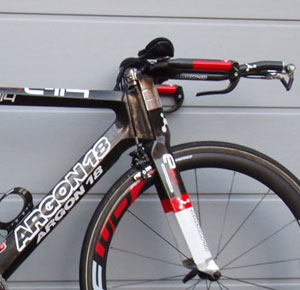Sindballe calling it a career

Two-time World Long Course Tri champ Torbjørn Sindballe is calling an end to his professional triathlon career due to a heart ailment.
"After meeting with the doctors on Tuesday and sleeping on it," said Sindballe, "it was clear to me that I was going to end my career. The past two months have been tough as it has been both a very emotional time and a very complex problem for the doctors to advice on. There is very little hard science on elite endurance athletes with heart malformations, but after reviewing the general recommendations and whatever science there is, I feel this is the right decision as there is a clearly elevated risk that the malfunction will progress if I continue."
The Dane has known about an abnormal heart valve since 2005, and it manifested itself in the most recent Wildflower Triathlon. After the incident in California he has gone through extensive testing and evaluation with Danish experts. After considering their advice Torbjørn has decided to stop his career immediately.
“I am going to miss the lifestyle and the intense excitement of training and racing," wrote Sindballe in a prepared statement. "Of course I’m sad that I will not get to see the impact of the big changes in my training we have made this year and that I will not be able to compete for the crown in Kona. On the other hand I am very proud of what I have achieved. Two ITU Long distance World Champs and a podium in Kona, where I am really not suited to race, is something I will carry with me forever. I have learnt so much and feel very privileged.”
Torbjørn's condition is called a "bicuspid aortic valve." This is the most common heart malformation, found in 1 to 2 percent of the population. Instead of three claps there are only two claps in the one-way aortic valve. Most people with this malformation live their entire lives without ever knowing about it. In some cases complications develop, such as a tightening or a leak in the valve.
Torbjørn has a moderate leak, which means that 20 percent of the blood returns to the heart after each heartbeat. During work the leak drops to about 5-7 percent. It is possible that further hard training and racing would increase the risk of progression so that heart valve replacement would be necessary. Torbjørn’s aorta is moderately dilated, which increases the risk of dissection under heavy workloads.



